
Cragging, bouldering, mountain climbing… whatever your pursuit, here are 20 tips to build into your planning to make for more sustainable climbing.
Go camping! Embrace nature and get in your tent. Camping is an accommodation option that has one of the lowest carbon footprints. Compared to hotels, apartments or B&Bs, tents and campsites are less carbon intensive as there are few buildings and other facilities to maintain. There are great campsites near to all the places you will want to climb, with various levels of facilities – from the old school basic with no showers, to those with fresh coffee and croissant deliveries. It's worth doing some research before you go as some campsites need advance booking while others are first come, first served.
Go wild camping or bivouacking. There's nothing quite like drifting off with the stars overhead, miles away from the nearest road and waking up to the proper wilderness… such is the romance of wild camping and bivvying: two more low impact options. Just be mindful of the access legislation. In England and Wales the legal right to wild camp and bivvy is a mixed bag: this handy guide takes you through what you can and can't do in the Peak District, Cumbria, North Wales and other areas.
In Scotland access rights and the excellent right to roam extends to wild camping. To do it right, your 'wild camping' needs to be lightweight, done in small groups and for a maximum stay of 2/3 nights. To be considerate of local people, best practice is to avoid fields with crops and animals in, and to camp away from buildings and roads. Leave no trace: take away all litter and remove all traces of your tent pitch so that no one would know you were there.
Give something back to the community. Whether you're staying in a van, camping or just on a day trip, make sure where possible to spend some money in the area you're visiting. Buy from the local shop, pub or café – or visit the funny local tourist attraction. Each pound you spend in a rural community supports that local area, keeping businesses going and creating a happier relationship between rural communities and visitors. Wherever possible, give to the local, not the large supermarket / corporation.
Try active travel and reach the crag by fair means. We all know about redpointing a climb: well how about ecopointing that project? After climbing Prinzip Hoffnung (E9) in 2020, ecologist Lena Müller coined the term Ecopoint to capture her sustainable climbing philosophy. Active travel is a good way to rack up your ecopoints. Try cycling, walking or running to the crag. This can be easier said than done, especially if you have a lot of gear (rack, ropes and bouldering mat), but most climbers love training, right? Sustrans have a useful map of the National Cycle Network, so when planning your next project, ask yourself, could you get there by active travel?
Catch a bus or train. Public transport can be difficult in rural areas across the UK, but there are still options. Check out the Dales Bus, try Snowdon Park & Ride or catch the Aviemore Adventurer bus into Glenmore. Public transport can be much better in parts of Europe where they are mindful of pollution and access issues. Go on a European public transport excursion and see what we're missing. In Chamonix, all public transport is free if you have a tourist pass, which you get from paying for your campsite. Switzerland also has an amazingly well connected public transport system, with trains and onward connections programmed to meet up. Bliss!
Lift share as much as possible. Have some company, get a car DJ and someone to feed you snacks while you go! Lift sharing is easy enough if you're already in touch with your climbing partners and travelling from the same place. (But still, make sure you do it!) For longer journeys, say if you are driving to popular climbing areas on the continent, like Fontainebleau or Chamonix, post on Facebook groups to advertise your travel dates and see who you can pick up on the way. The opposite works too – if you are travelling out to a climbing destination and need a ride it can be worth posting and asking for help! This splits the carbon footprint and saves you a few pennies by sharing your fuel costs. You can also use websites like Blablacar to advertise your car space or find a ride.
Embrace your inner Gwen Moffat / Jack Kerouac. Revive the lost art of hitchhiking. Hitching works best in the sorts of places and communities you will be travelling into, where there is an outdoor scene used to outdoorsy people travelling from A to B. I have picked up rides easily in Canada, Scotland, the Lake District and the Alps. It can be a great way to meet interesting people from all over the world. My dad (a seasoned hippy who hitched to Turkey in his day) taught me the basics: make sure you stand somewhere visible with space on the side of the road for someone to stop. Hide big bags and if you are a male and female pairing, put the girl up front to thumb the ride. For some reason, the girl makes a more attractive proposition…
Travel overland whenever possible. For international travel, the most sustainable way to go is overland by road and rail, rather than flying. Interrail passes can be a great way to go climbing in Europe. You can use the ticket for travel on the Eurostar to Paris. From there plot your onwards route on high speed trains to Spain, Italy, Switzerland, Germany or further east to the Baltics. Here's a Guide to Climbing Trips in Europe by Train. Interrail passes come in three age groups, with 25% off for youth (12-27) and 10% for seniors (60+). You can also buy adult passes (28-59). Be aware, with the Interrail pass, many trains require reservations. Coach and bus travel also covers the distances – a good option if there is no rail service or you can't afford the train fare. Remember, the journey is part of the experience. And 'slow travel' is becoming a trend in its own right.
Offset your flights. If you have to fly, make sure to offset your flights. Rather than using the options that the airline booking service offers, it is best to use a reputable company that guarantees a better project. Carbon Footprint Calculator is a good option where you can enter your journey and then select from a range of offsetting projects from those supporting communities to reforesting.
Go for longer. Rather than making multiple small trips that involve lots of flights and driving (which incurs greater carbon costs), travel out and stay longer. Longer trips have multiple benefits, helping you to establish a deeper connection with the place you are visiting, making more connections with the community and contributing to their livelihoods. In the Mountain Guides and Climate Change guide, the Compagnie des Guides de Chamonix acknowledge that foreign visitors' travel to the area incurs the greatest carbon costs therefore they now encourage trips of longer duration. If you find it challenging to get longer periods of time off work, ask your employers about unpaid leave and sabbaticals. If they say no, talk to your colleagues and join your trade union. Sow the seeds of change. Healthier workplaces and a good work-life balance benefits everyone.

Take care of the environment. Remember the crags, boulders and mountains are a resource for all – people, plants and animals. Be mindful of your chalk usage and keep it to a minimum. Climbing chalk alters the pH and nutrient balance of the rock-face, changing which plants and animals can live there. See Respect the Rock for more on chalk usage. Aim to leave the crag in a better state than you found it. If you see something, even if you didn't drop it yourself, take it home. Litter attracts litter. See @tidyclimbers for inspiration.
Mind where you go! Toileting at a crag and on a mountain can be challenging. If there is an actual toilet (long drop, compost or flushing), use that. If you need to pee, don't go near a river, stream, building or your campsite. (See Where to Go in the Outdoors.) For larger deposits either bag or bury it. For burial, take a trowel and dig a hole 6 inches / 15 cms deep, at least 30 metres from the nearest watercourse, building or path. On glaciers and big walls, you will need to bag it. There are plenty of Youtube tutorials on how to poop on El Cap. (Top tip: do not use a Pringles tube.)
Watch your monthlies. Menstruation is also worth thinking about. Track your cycle so you know when it might be coming and make sure you have the right kit at the right time! A menstrual cup is one of the most sustainable options, involving the least waste. However there are times when a cup can be inconvenient and difficult to change. Period pants are another way to catch your flow with good sustainability credentials: you simply wash them and use again. Pads and tampons make more waste so if using these make sure to take a plastic bag to carry them out with you.
Buy less, repair more. The golden rule with kit is that the thing you already own is the most sustainable. Take care of it. Wash ropes after they have been near the sea, mud or sand. Clean your cams. Follow the care instructions on your clothing. Repair small holes soon: as your granny says – and she knows – a stitch in time saves nine.
A bottle of tech-wash and re-proofer can work wonders on old waterproofs and tents. If you have to buy new, opt for durability over ultra-light. The micro-grams you shave off each item also removes years from the life of your product, meaning you will have to buy again sooner. Check out this great article How Green is Your Gear? for a more detailed perspective.
Use repair services for more difficult mends. For rips, holes and broken zips – help is at hand. Alpkit Repair Stations will repair any kit, from any brand. The talented teams can fix your broken poles, sleeping bags, tents, jackets and rucksacks. At special events Patagonia also runs stalls doing repairs.
Buy second-hand. Sometimes we all need something that we don't already own: buying second hand is the most sustainable and often the cheapest way of doing this. Facebook groups such as Outdoor Gear Exchange and Vinted offer plenty of kit for a bargain, much of it unworn and like new.
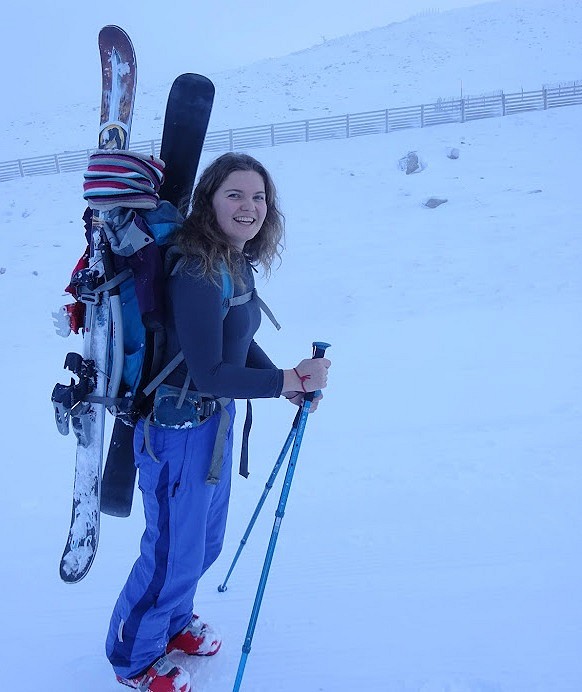
Some outdoors communities also organise occasional kit sales with stalls, like the Llanberis Mountain Rescue Team car boot sale and the annual Cairngorm Snowsports Equipment Sale. Remember to sell/swap/gift/donate your own unwanted gear. The old tent/sleeping bag/jacket/boots gathering dust in your cupboard might prove invaluable to someone else. A number of outdoor shops take donations and will pass your old unwanted kit onto charities, keeping it out of landfill.
Resole your old climbing and approach shoes. Resoling is the work of magicians. Companies across the UK will do it by postal order, including Cheshire Shoes, Lancashire Sports Repairs and Llanberis Resoles.
Join a club. Mountaineering and climbing clubs are great ways to meet people and share skills. Through a club you can access shared resources, including maps, gear and knowledge. Collective resources are cheaper and more sustainable than private individual wealth. Some clubs own mountain huts in useful places and membership gives you a discounted rate or even free access. The Scottish Mountaineering Club for instance has five huts, including the famous CIC on Ben Nevis, and membership gets you access to all five for no charge.
Volunteer. Share your skills with others through charities like Urban Uprising, who introduce young people to climbing, supporting them with coaching and mentorship. Or volunteer at festivals, events and competitions to give something back to your community. Take care of your favourite crag by participating in a crag clean-up. No clean up scheduled? Why not organise your own work-party?
Have fun, be nice. At the end of the day, no matter how seriously we take it, climbing and being in the mountains is something most of us do for pleasure. When travelling for climbing, while destinations and objectives can be useful ways to focus your mind, remember that travel is also about the journey, the people and the relationships you form. Take care of others, including the natural environment, and the world will take care of you.
- INTERVIEW: Catherine Destivelle - Rock Queen 8 Mar
- ARTICLE: Top 10 Borrowdale Routes at VS and Under 22 Jan
- ARTICLE: Herstory 7: The Rise of Women Mountain Professionals 27 Dec, 2023
- ARTICLE: Herstory 6: Lhakpa Sherpa's Long Dream of Everest 31 May, 2023
- HERSTORY: The Climbing Cholitas: Skirts to the Top for Women's Empowerment 2 May, 2023
- HERSTORY: Alison Hargreaves: Climbing Her Mountain 7 Mar, 2023
- HERSTORY: Wanda Rutkiewicz and the battle for women's climbing 13 Feb, 2023
- HERSTORY: Lady Climbers of the Long Nineteenth Century (1850-1914) 20 Dec, 2022
- HERSTORY: ORIGINS: The surprising origins of women's mountaineering - 1770-1830 9 Nov, 2022
- ARTICLE: The Cobbler: A Return to Mountain Cragging 7 Sep, 2021





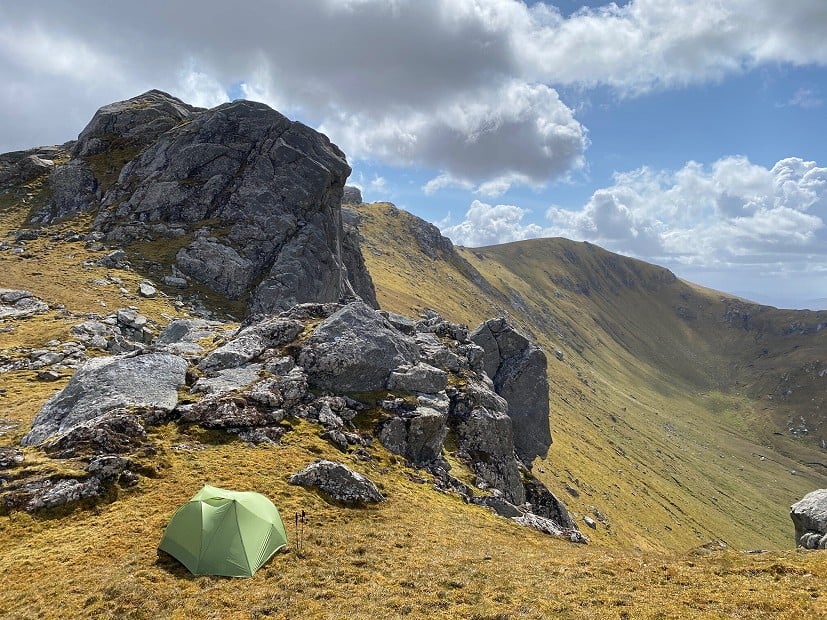
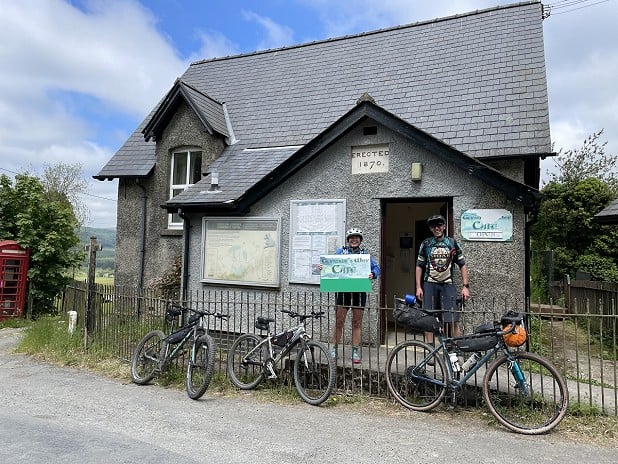
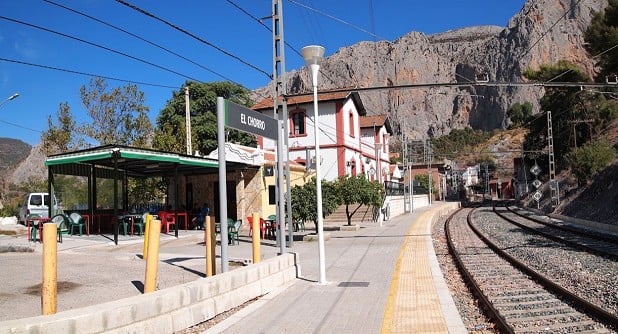


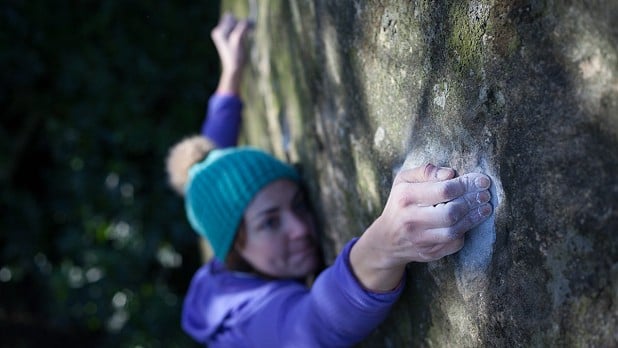
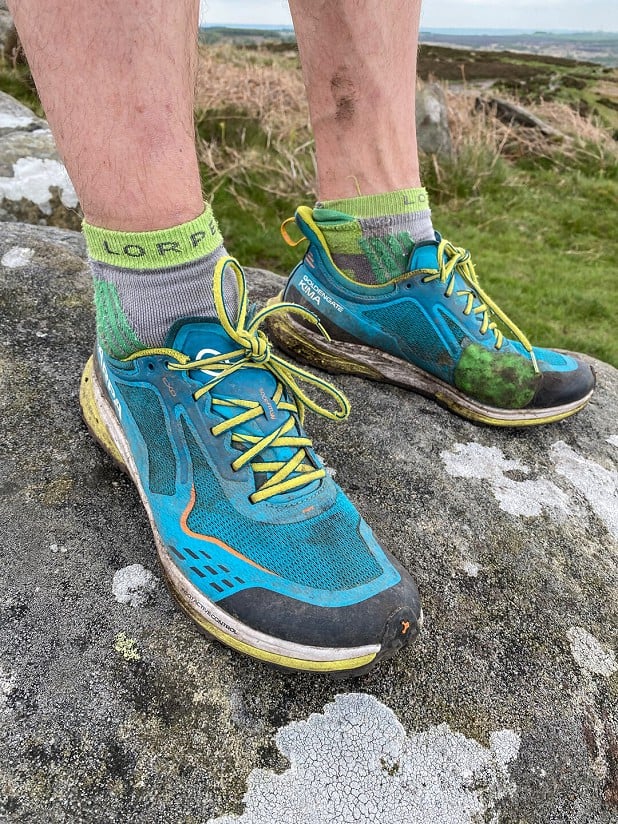
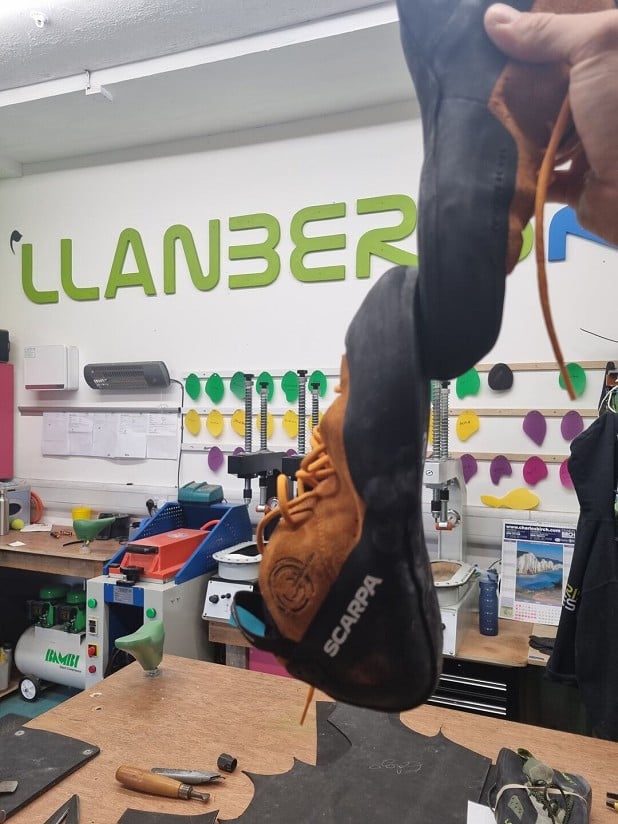


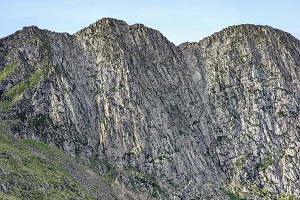
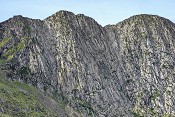
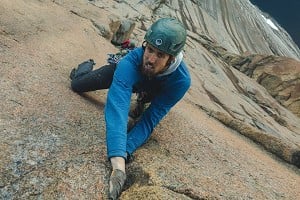
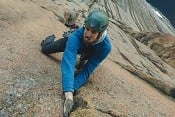


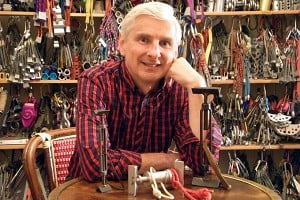

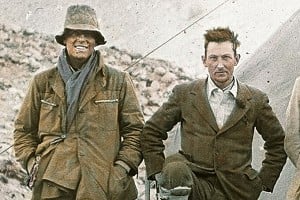



Comments
Shouldn’t number 1 be
Walk or bike / bus to your nearest climbing wall. Repea.
Both walking, biking, running and using public transport is mentioned right in the article, right in the first few paragraphs. Perhaps actually read it next time?
Interestingly, didn't Franz and Toni Schmid cycle all the way from Munich to Matterhorn and back, plus many other climbers cycling into the Alps back then as well?
My point was that the best option for preserving the outdoor environment is to not use it.
Really good article, thanks Anna
Good article, thanks. A few more tips which I find handy for ecopoint climbing:
1. On regional trains in much of Europe, you can take bikes (mostly with a small paid surcharge). This makes life a lot easier.
2. Some mapping apps like Komoot will show things like road surface and elevation details, which makes it easier to figure out where you can get to with a bike. If you have to use a forest road which is cyclable but off-limit for cars, ecopoint can often be faster than driving and walking.
3. Find local projects reachable without a car! Life gets a lot easier when you can hop on a bike to get to your project. Personally, I sometimes overlook great local climbing in favour of 'classics' - ecopoint is a good reason to re-evaluate local crags.
4. Camping doesn't need a car-full of stuff :) if you take a hammock and sleeping bag, you can easily carry everything you need in panniers (or a rucksack).
I'd also add that climbing for a lot of people is about adventure and freedom. Travel without a car often enhances that side of climbing.